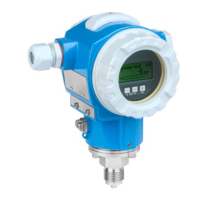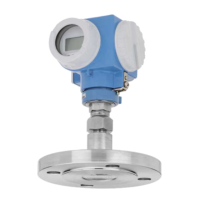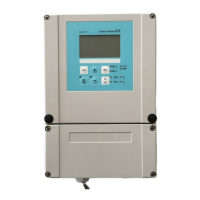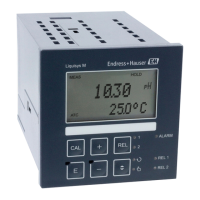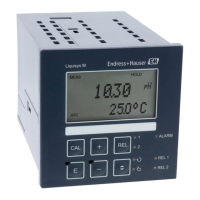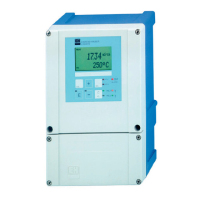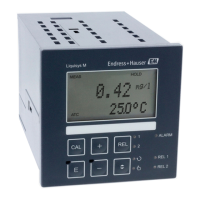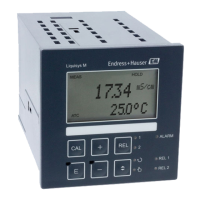What to do if I get error C824 on my Endress+Hauser Measuring Instruments?
- CCurtis NunezSep 8, 2025
If you are getting error C824, it may be due to overpressure or low pressure, or electromagnetic effects exceeding the technical data specifications. To solve this, check the pressure value, restart the device, or perform a reset.


